If you’re new to electrical adapters or simply want a deeper understanding of how they work, you’re in the right place. In this post, we’re shining a spotlight on our AC WORKS® S515M50 adapter, showing you how to test it step-by-step using a multimeter. Whether you’re a seasoned pro or just getting started, this guide will help you use and understand your adapter safely and accurately.

What is the AC WORKS® S515M50 Adapter?
The S515M50 adapter goes from a NEMA 5-15 plug to a CS6364, commonly referred to as SS2 or M50.
-
NEMA 5-15 is your standard 15-amp plug, which carries:
-
1 Hot
-
1 Neutral
-
1 Ground
-
M50 is a 50-amp configuration, which features:
-
2 Hots
-
1 Neutral
-
1 Ground
Because the NEMA 5-15 plug has only one hot, we bridge that single hot to both hot connections on the M50 end. This means the one 120V hot supply is split to feed both hot terminals at the 50-amp receptacle.
Why “Hots Bridged” Matters
When we say the “hots are bridged,” we mean that the single hot wire from the 5-15 side is replicated onto both hot prongs of the M50 side. In practical terms, it doesn’t double your voltage or amperage. Instead, it provides the same 120V line to both hot connections. You can think of it like splitting one water hose into two paths: you’re not increasing the water pressure, just providing the same flow to two separate lines.
Getting Ready to Test with a Multimeter
To verify the functionality and safety of the adapter, you can use a multimeter. Here’s what you’ll need:
-
A digital multimeter (with settings for AC voltage and/or continuity).
-
Your AC WORKS® S515M50 adapter.
-
A safe testing environment. Always unplug or de-energize the adapter before performing continuity checks, and use caution (and proper PPE) if you decide to test live voltage.
Step-by-Step Testing Guide
Follow these steps to confirm the adapter’s connections are correctly set up:
-
Identify the Connections
-
NEMA 5-15 Plug (Male)
-
Hot (brass terminal)
-
Neutral (silver terminal)
-
Ground (green or round pin)
-
M50 Receptacle (Female)
-
2 Hots (often labeled X and Y)
-
Neutral
-
Ground
-
Test the Ground Continuity
-
Set your multimeter to continuity mode (or lowest resistance setting).
-
Touch one probe to the ground pin on the 5-15 plug.
-
Touch the other probe to the ground slot on the M50 end.
-
You should see a near-zero reading (or hear a beep), confirming the ground is continuous.
-
Test the Neutral Continuity
-
Place one probe on the neutral blade of the 5-15 plug.
-
Touch the other probe to the neutral slot on the M50.
-
Again, expect a near-zero reading (or beep).
-
Verify the “Hots Bridged”
-
Take one probe to the hot blade on the 5-15 side.
-
Test each of the two hot slots (X and Y) on the M50 side.
-
You should get continuity for both, confirming the single hot is split into the two hots on the 50-amp receptacle.
-
Optional: Measure AC Voltage (Live Testing)
-
If you choose to plug in the 5-15 side, use your multimeter’s AC voltage mode.
-
Carefully measure voltage between the hot and neutral or hot and ground on the M50 side.
-
You should see around 120V (in North America) for each hot to neutral or hot to ground.
-
Remember to take appropriate safety measures when working with live voltage.
Interpreting Your Results
-
Ground & Neutral Continuity: A near-zero reading (or beep) means these are properly connected.
-
Hots Bridged: Continuity to both hot prongs on the M50 side ensures the adapter is performing as designed, feeding 120V to both hot connections.
-
Voltage (if live tested): Around 120V on each hot-to-neutral or hot-to-ground indicates proper supply in a standard U.S. household.
Safety First
Always remember to:
-
Disconnect power before taking continuity measurements.
-
Wear personal protective equipment (PPE) as needed.
-
Consult a qualified electrician if you’re unsure about any step of the testing or usage process.
Conclusion
The AC WORKS® S515M50 adapter is a handy solution whenever you need to connect an M50 device to a standard 15-amp power outlet—understanding that both hot connections on the 50A side are receiving the same 120V source. By following the testing steps above, you can ensure your adapter is in good working order and ready for safe, reliable use.
We hope this guide helps you feel confident using a multimeter with your AC WORKS® adapters. If you have any questions, feel free to leave a comment or reach out to our team directly. Remember to stay safe and power smart!


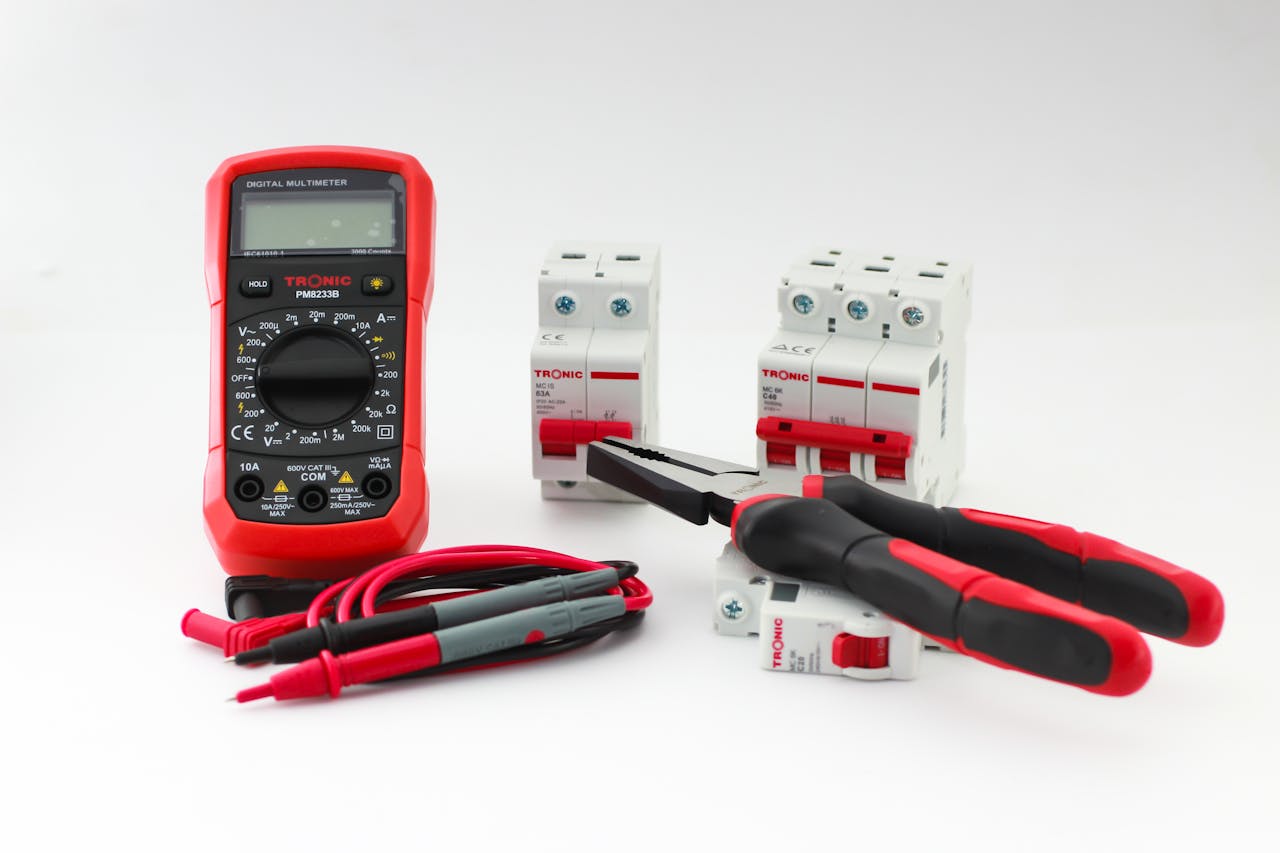
![AC WORKS® [1430PR] 30A 125/250 Volt NEMA 14-30 4-Prong Dryer Heavy-Duty STW 10/4 Extension Cord](http://acworks.com/cdn/shop/files/1430PR-0_7d358ec0-f391-4ef5-b102-69ac5056a8b3.jpg?v=1726777351&width=2500)
![AC WORKS® [1450PR] RV/ EV/ Generator 50A 125/250V NEMA 14-50 Power Cord With Handles](http://acworks.com/cdn/shop/files/1450PR-0.jpg?v=1706826710&width=3456)
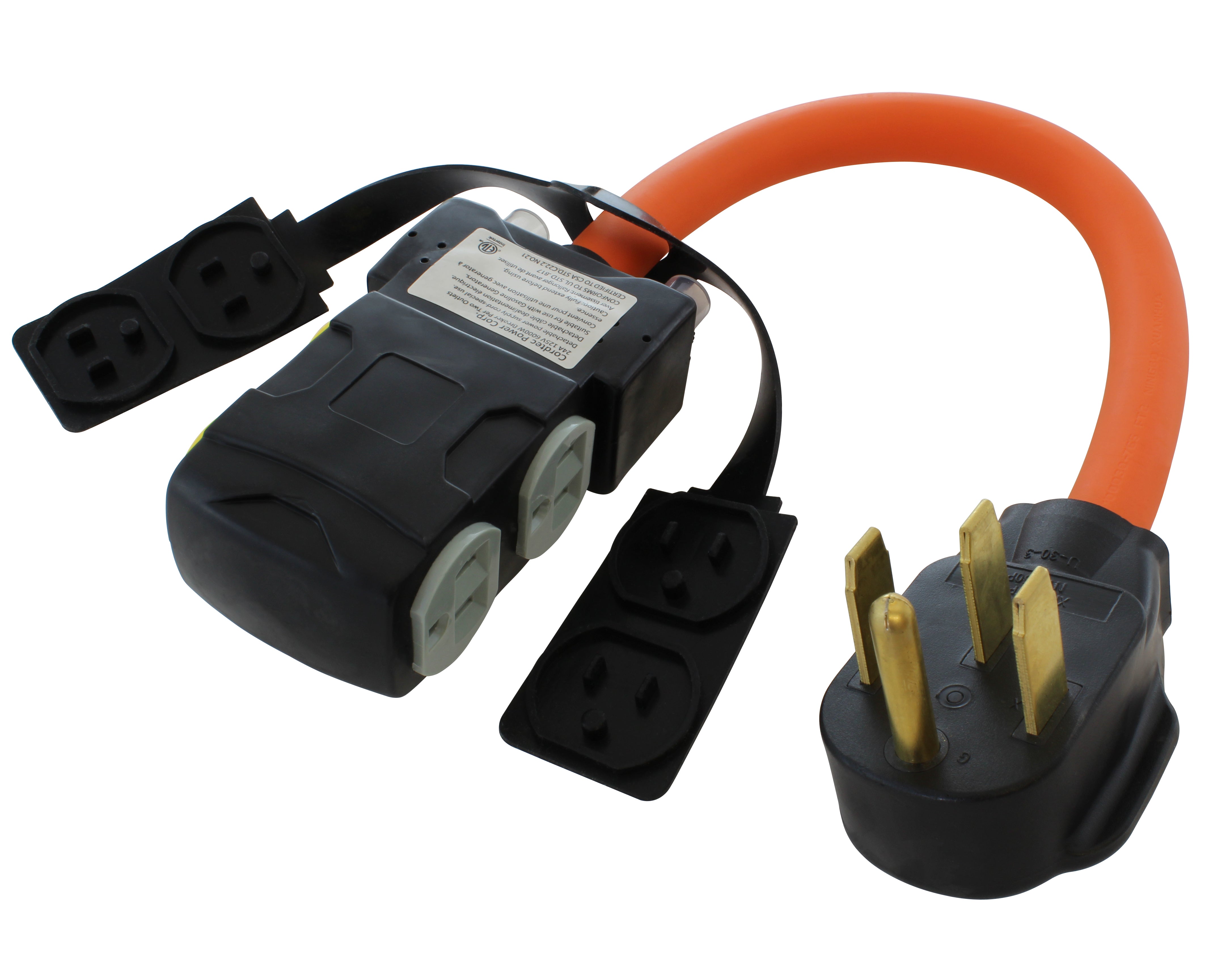
![AC WORKS® [ASINSS2PBX-G] 50A Locking 4-Wire CS6375/ SS2-50 Heavy-Duty Transfer Switch Inlet Box](http://acworks.com/cdn/shop/files/ASINSS2PBX-0_0206b362-7c90-42a5-8754-0685c13dab7e.jpg?v=1758051675&width=2500)
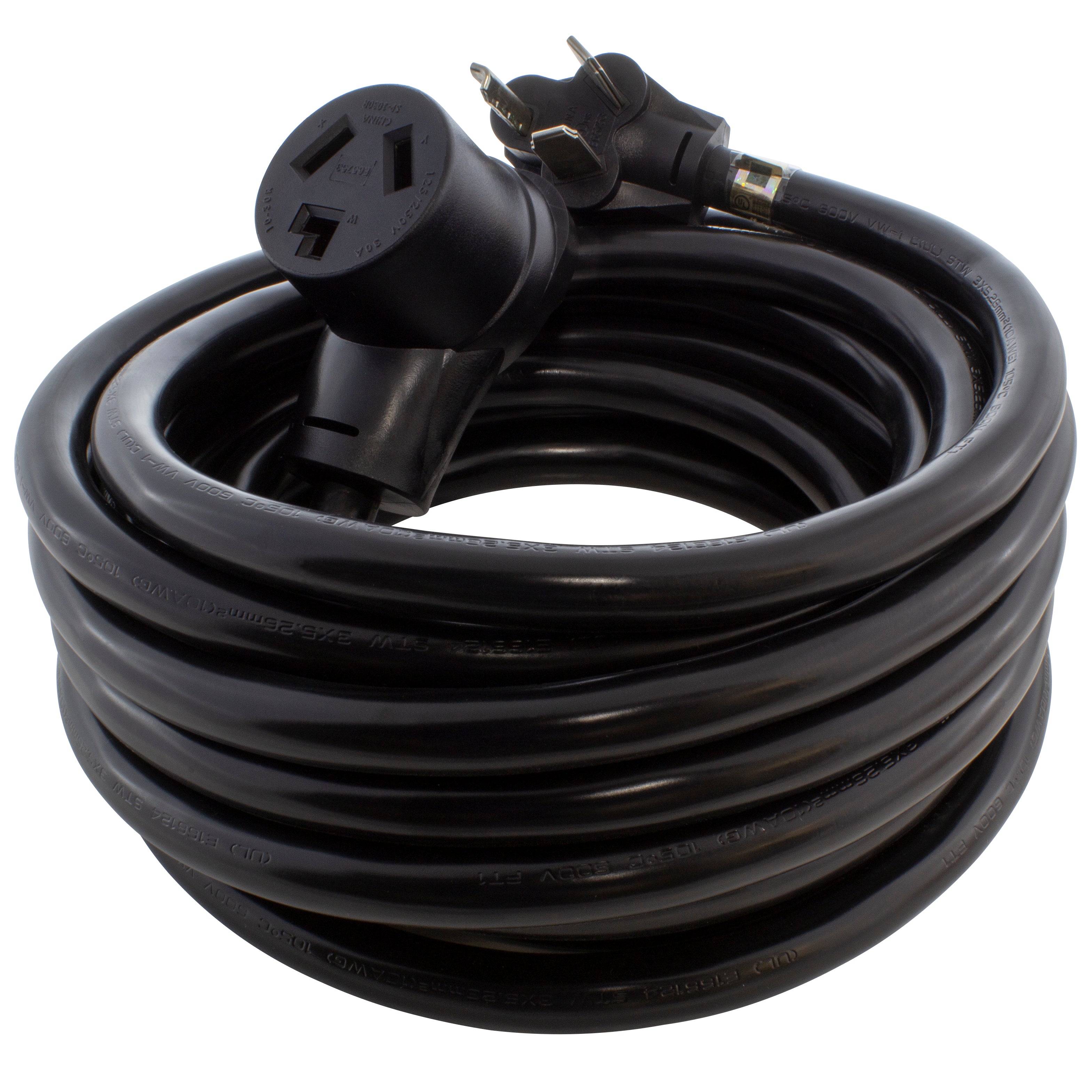
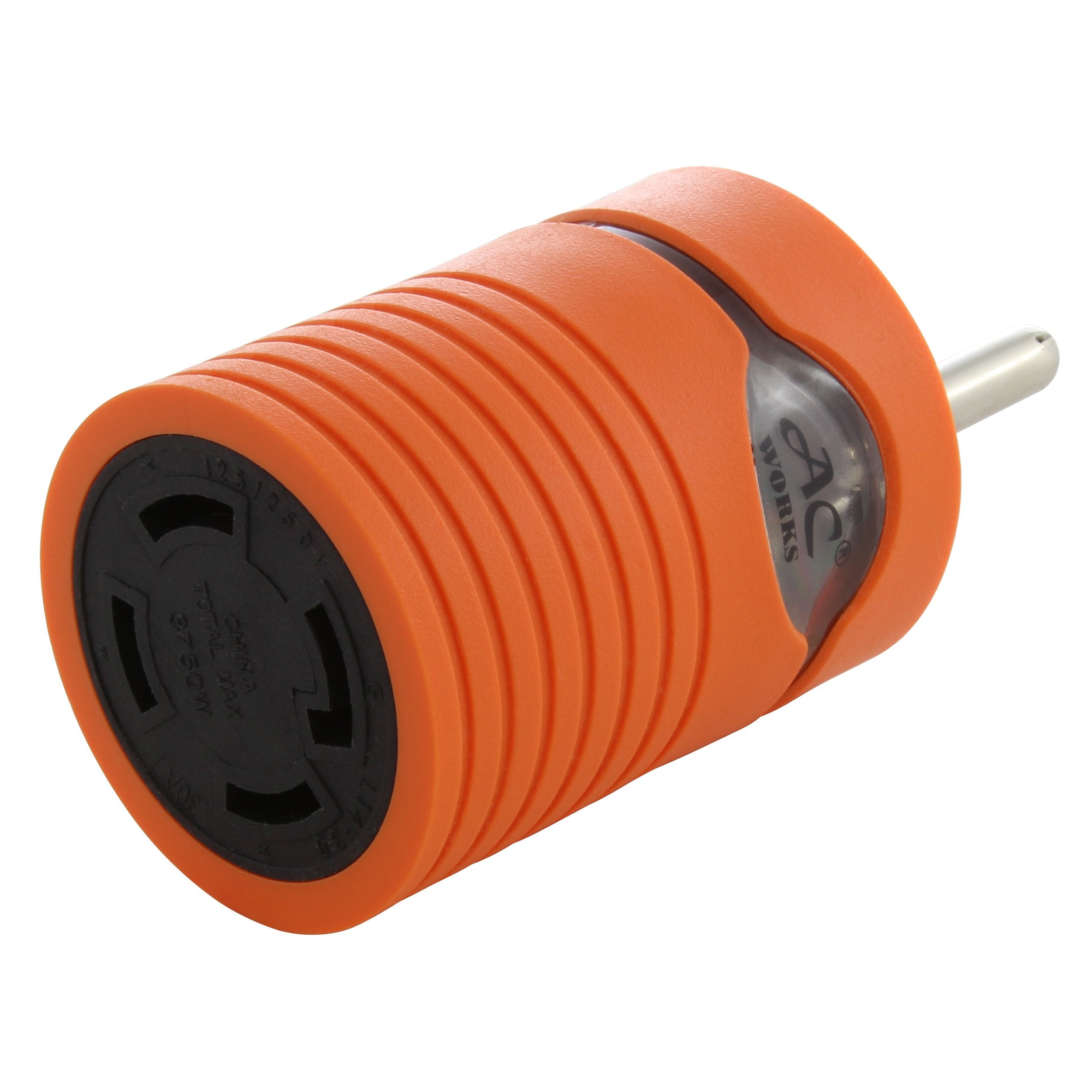
![AC WORKS® [S1430CBF520] 1.5FT 14-30P 4-Prong Dryer Plug to (4) Household Outlets with 24A Breaker](http://acworks.com/cdn/shop/products/S1430CBF520.jpg?v=1666103519&width=4656)
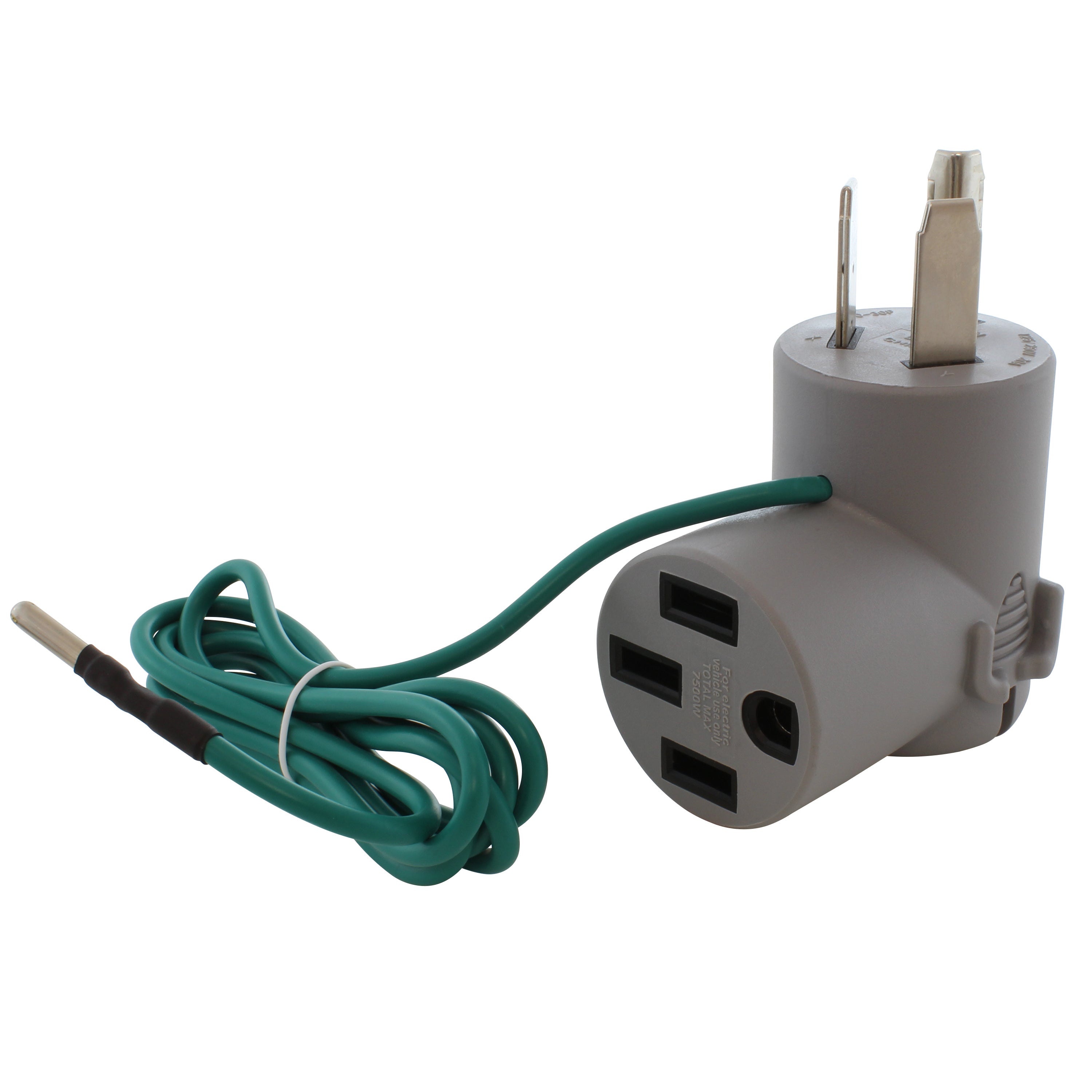
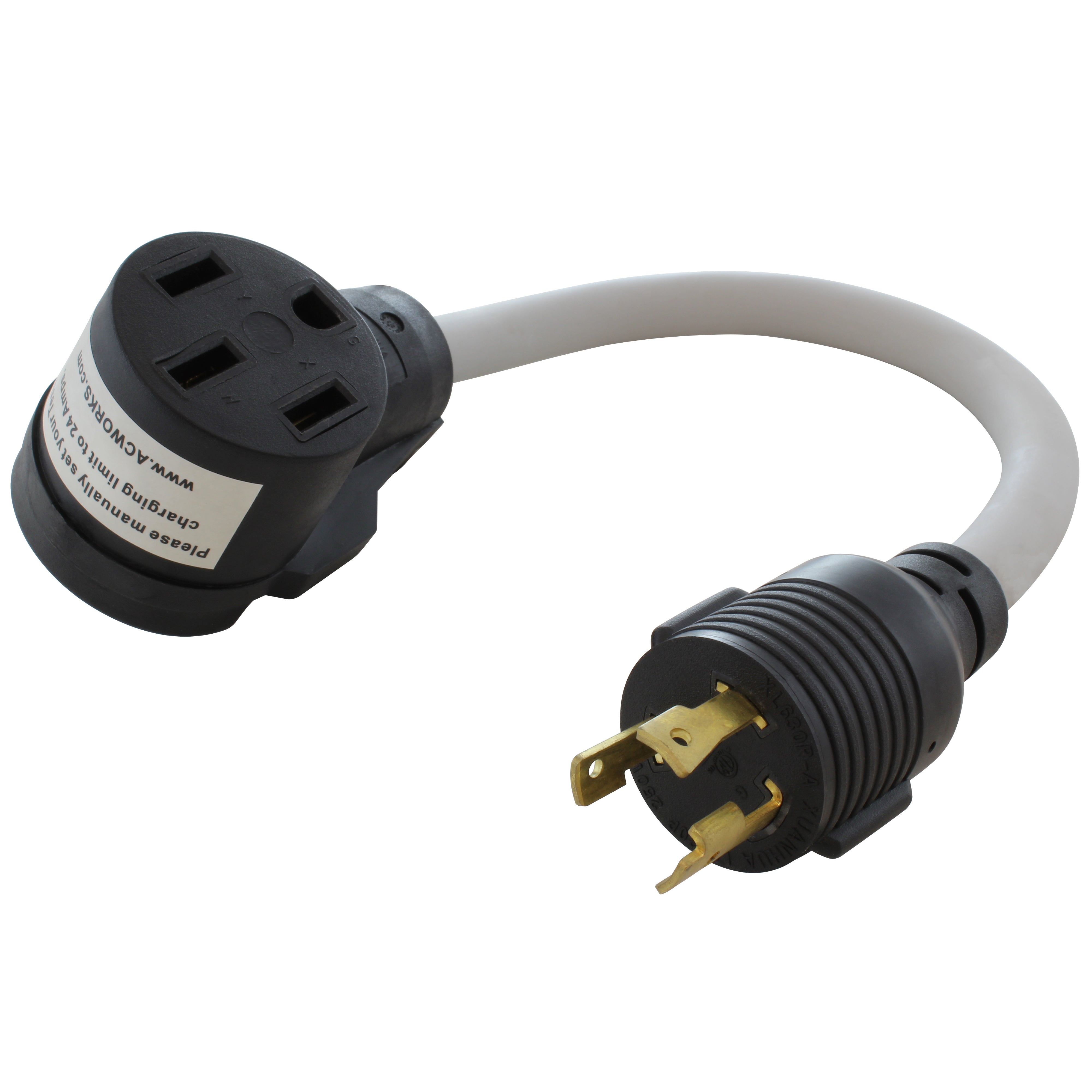
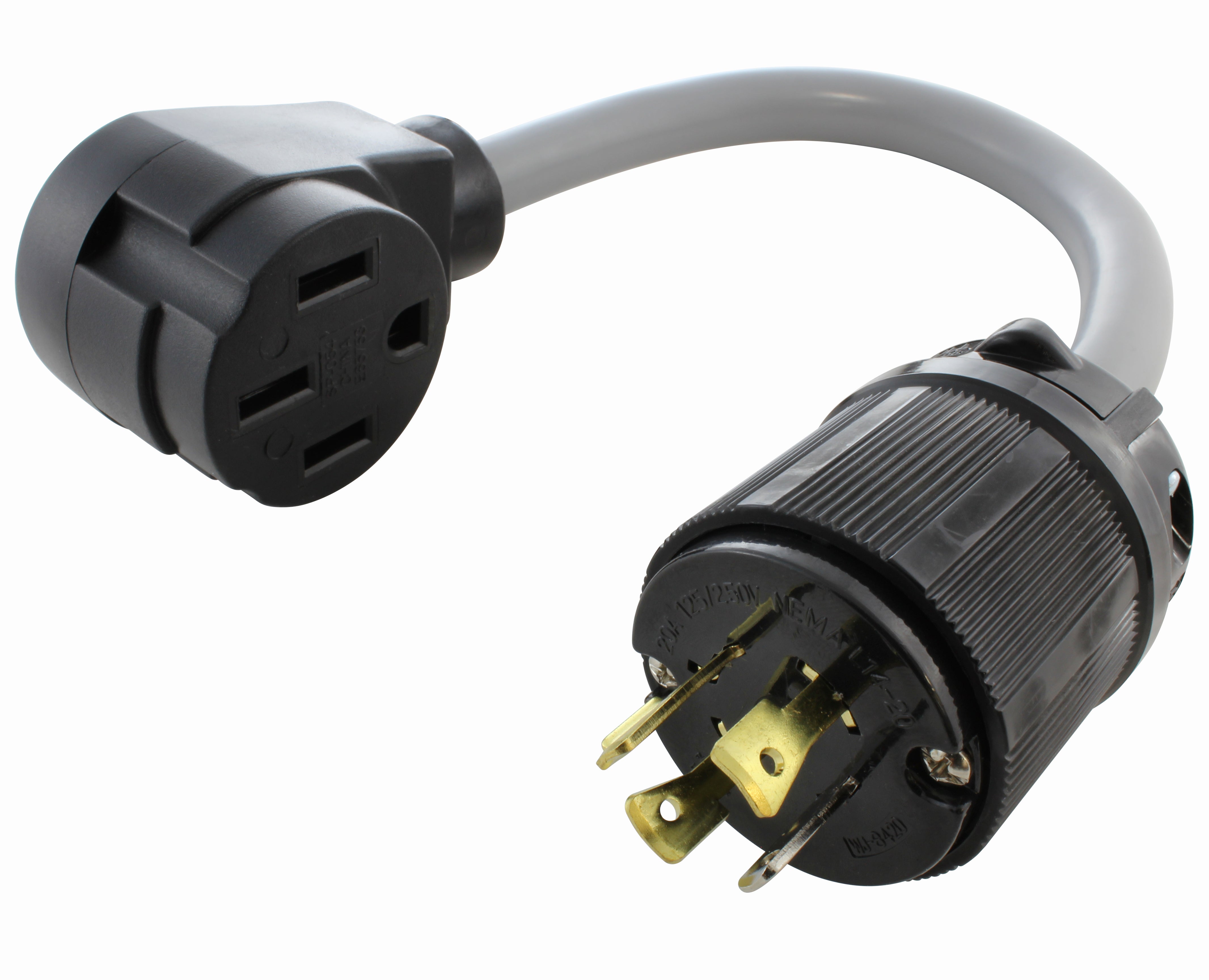
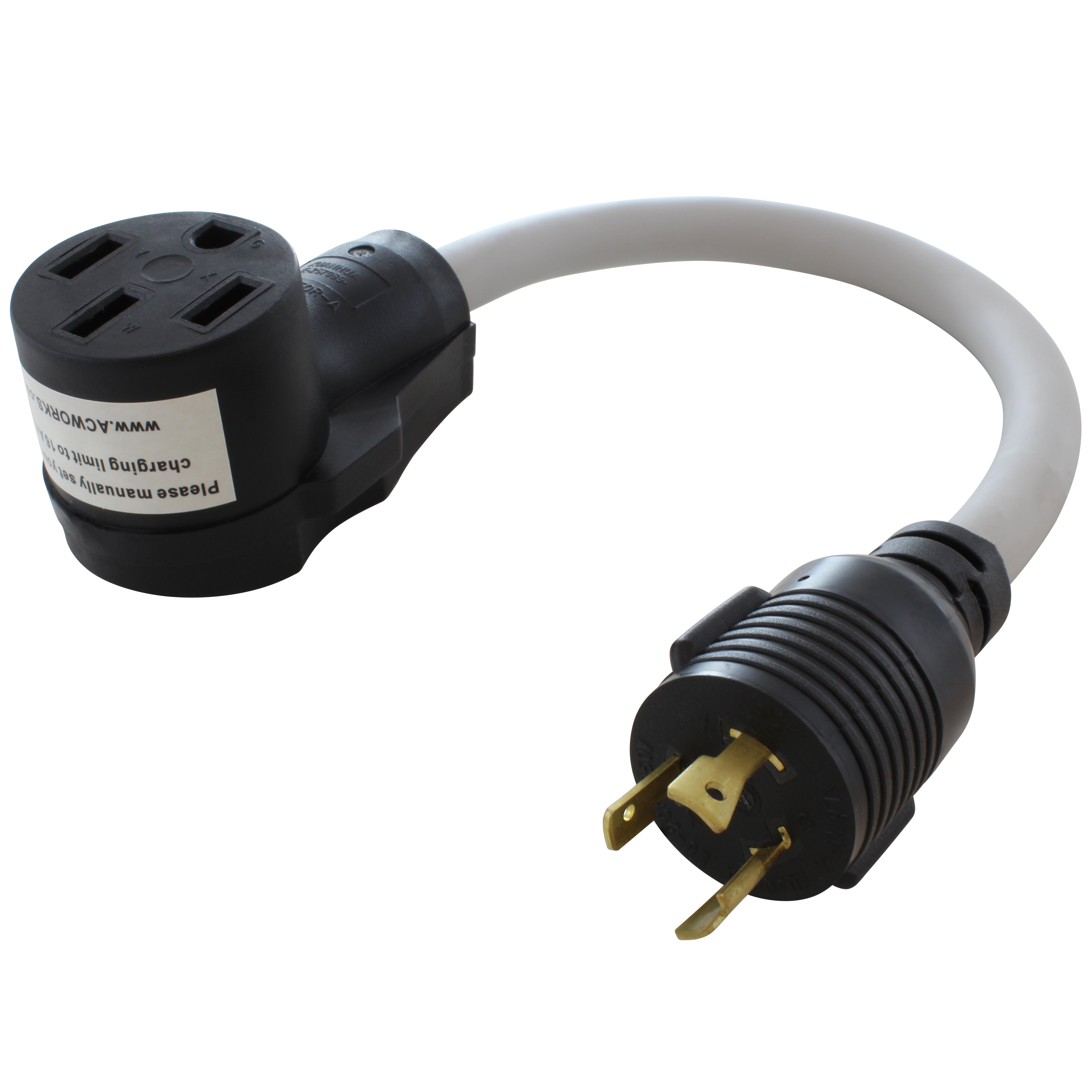
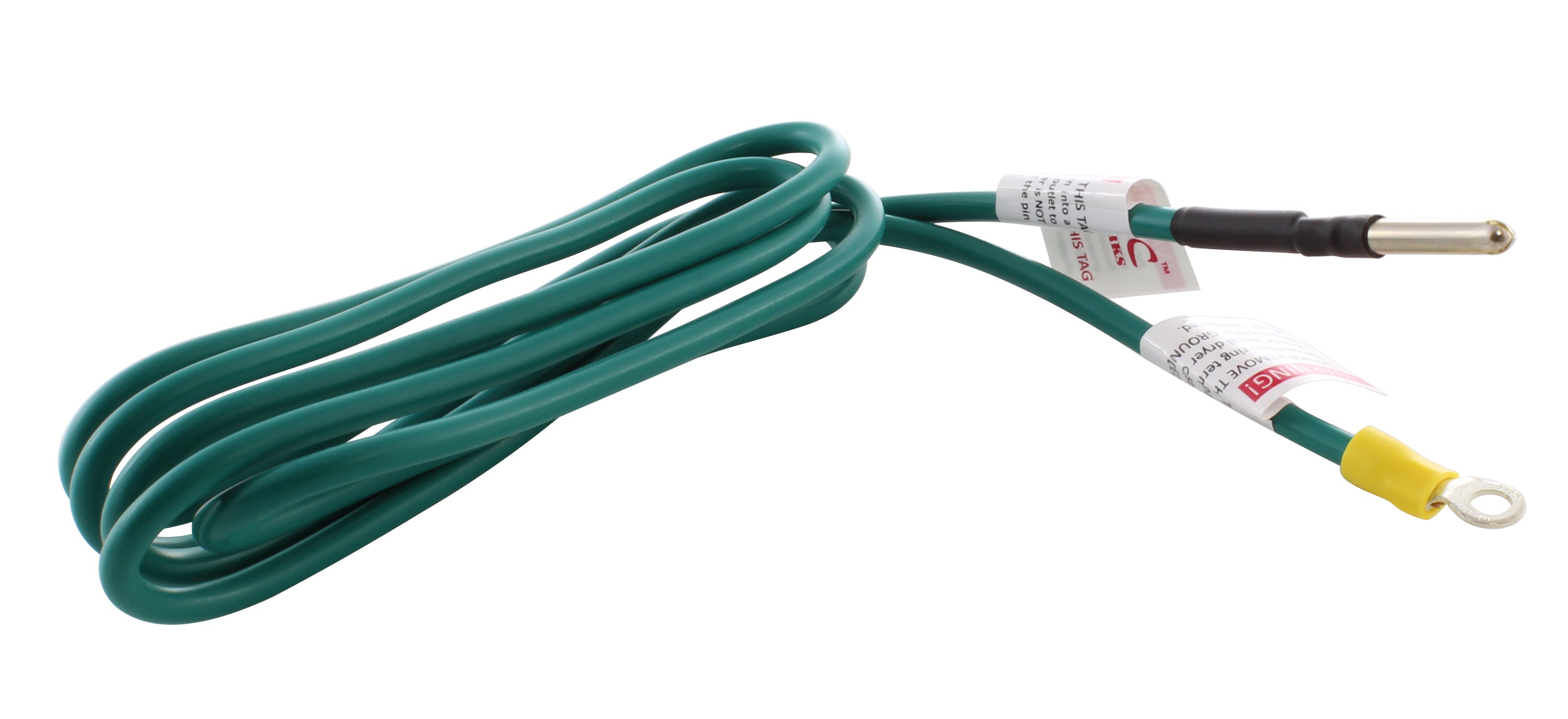
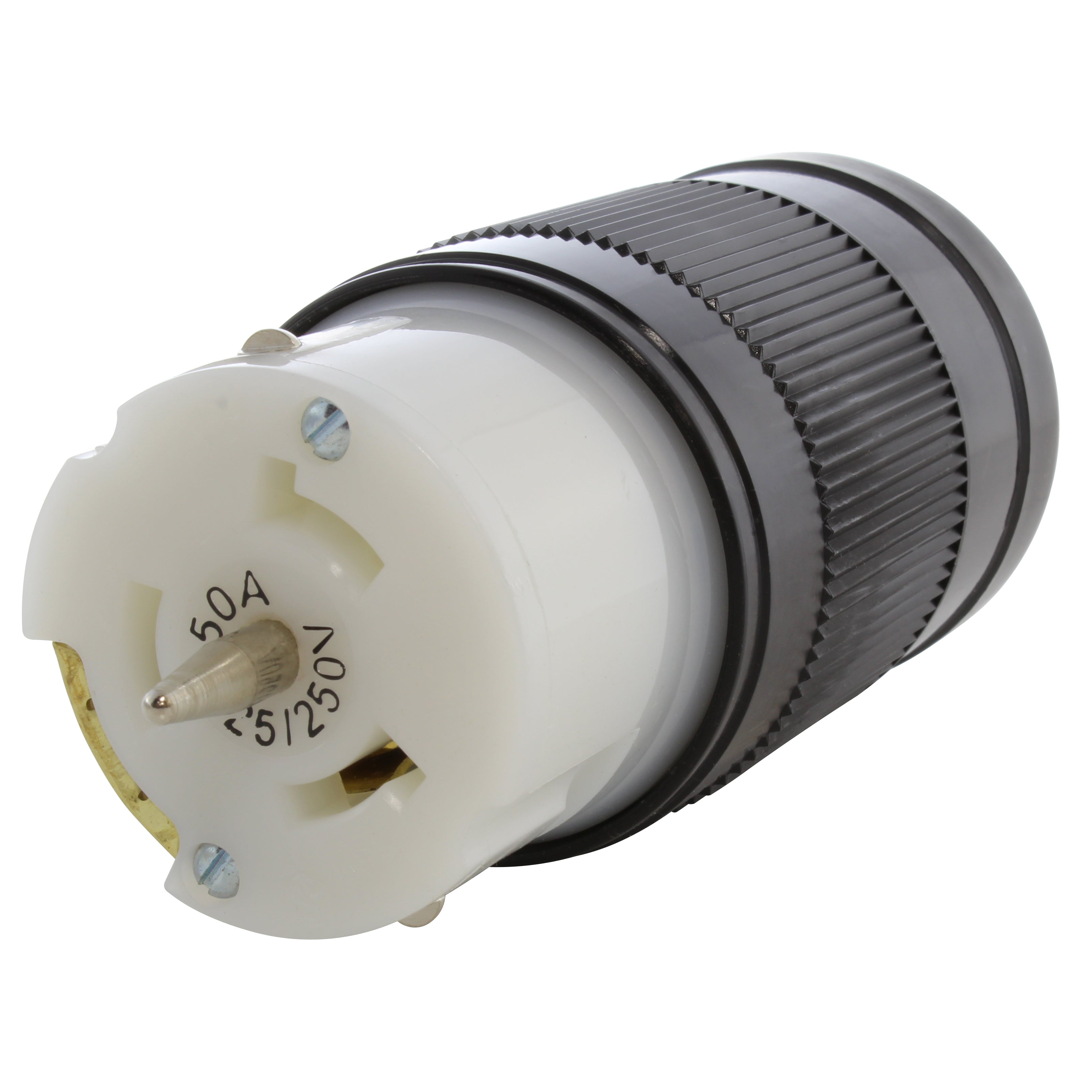
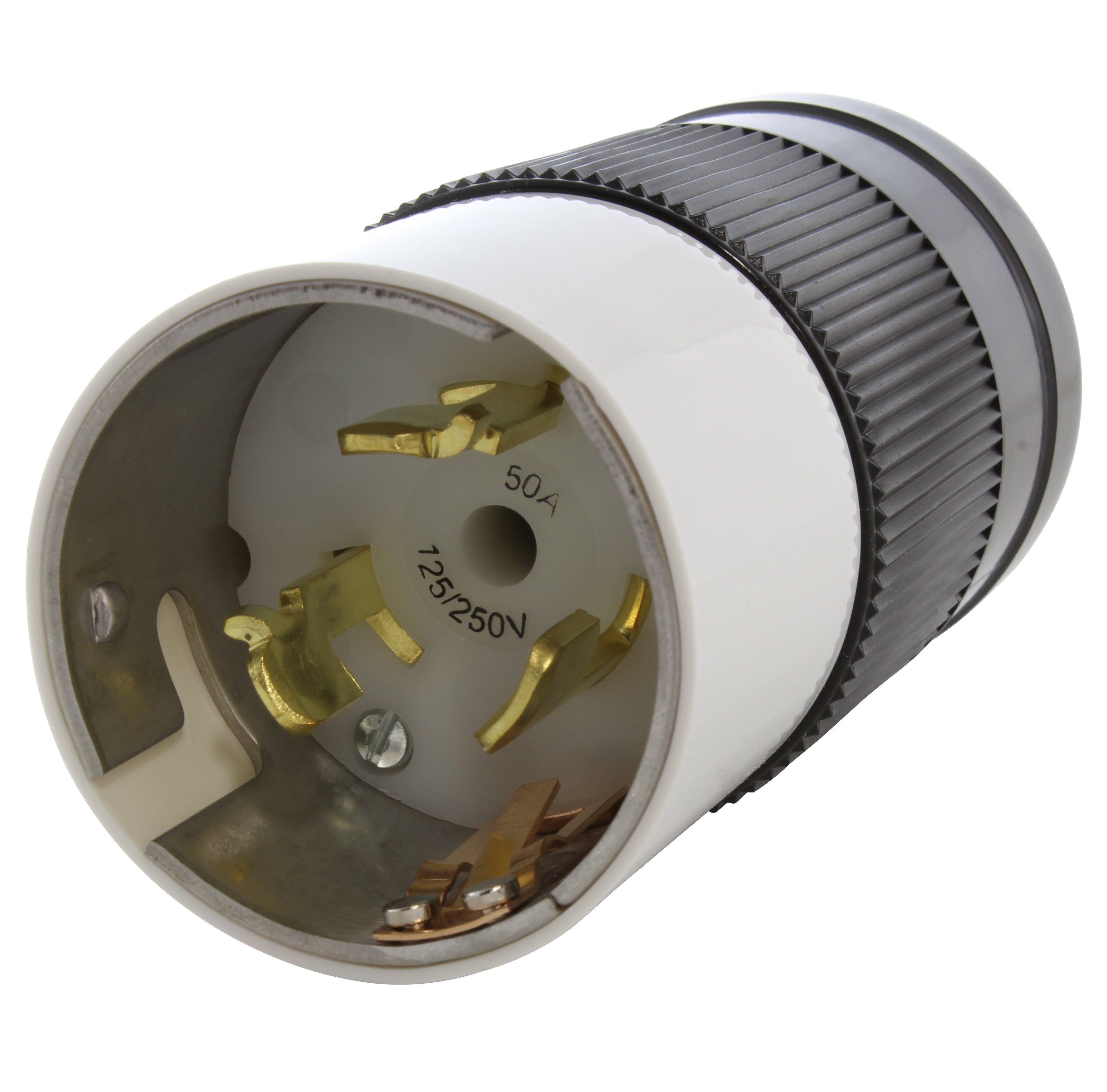
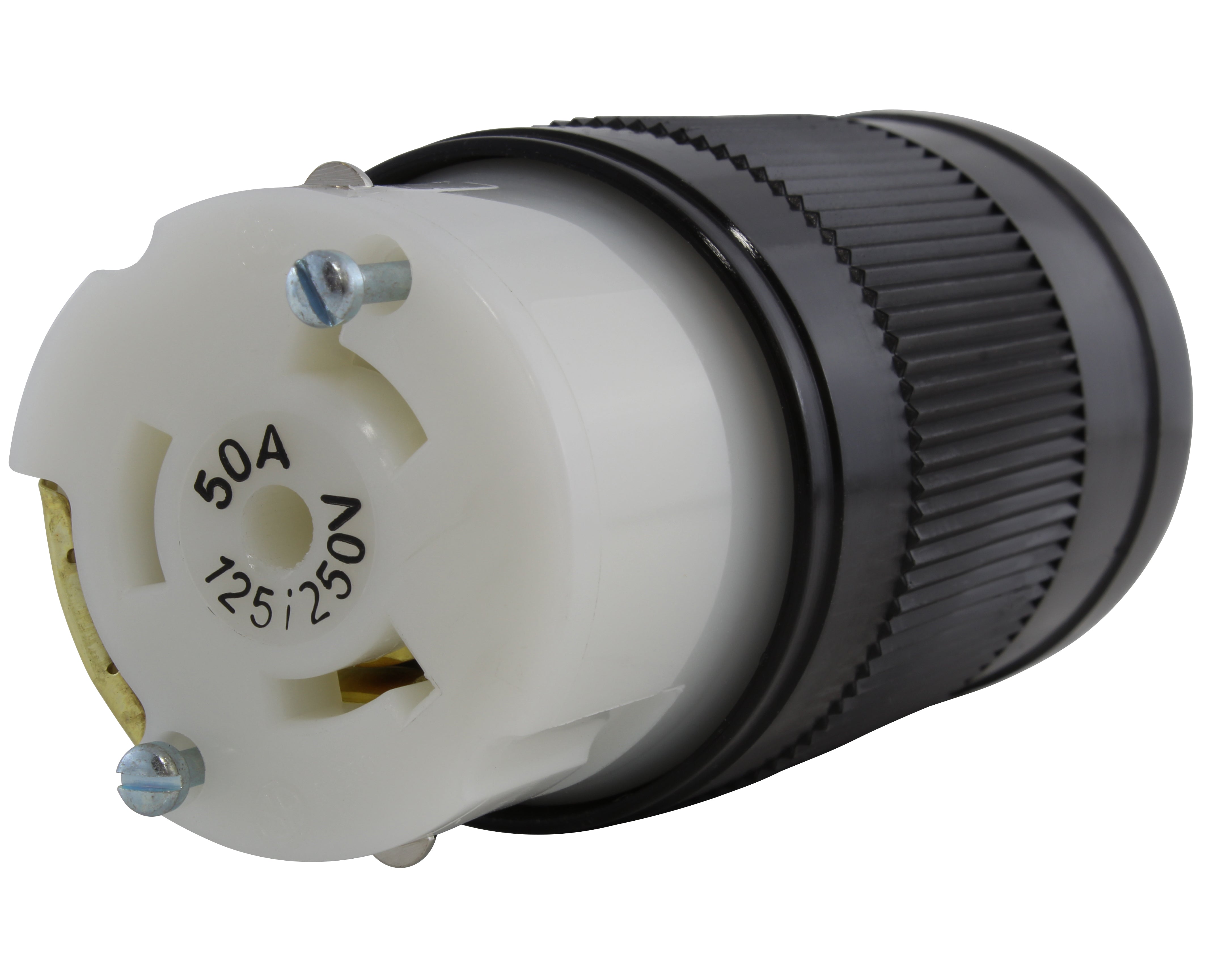
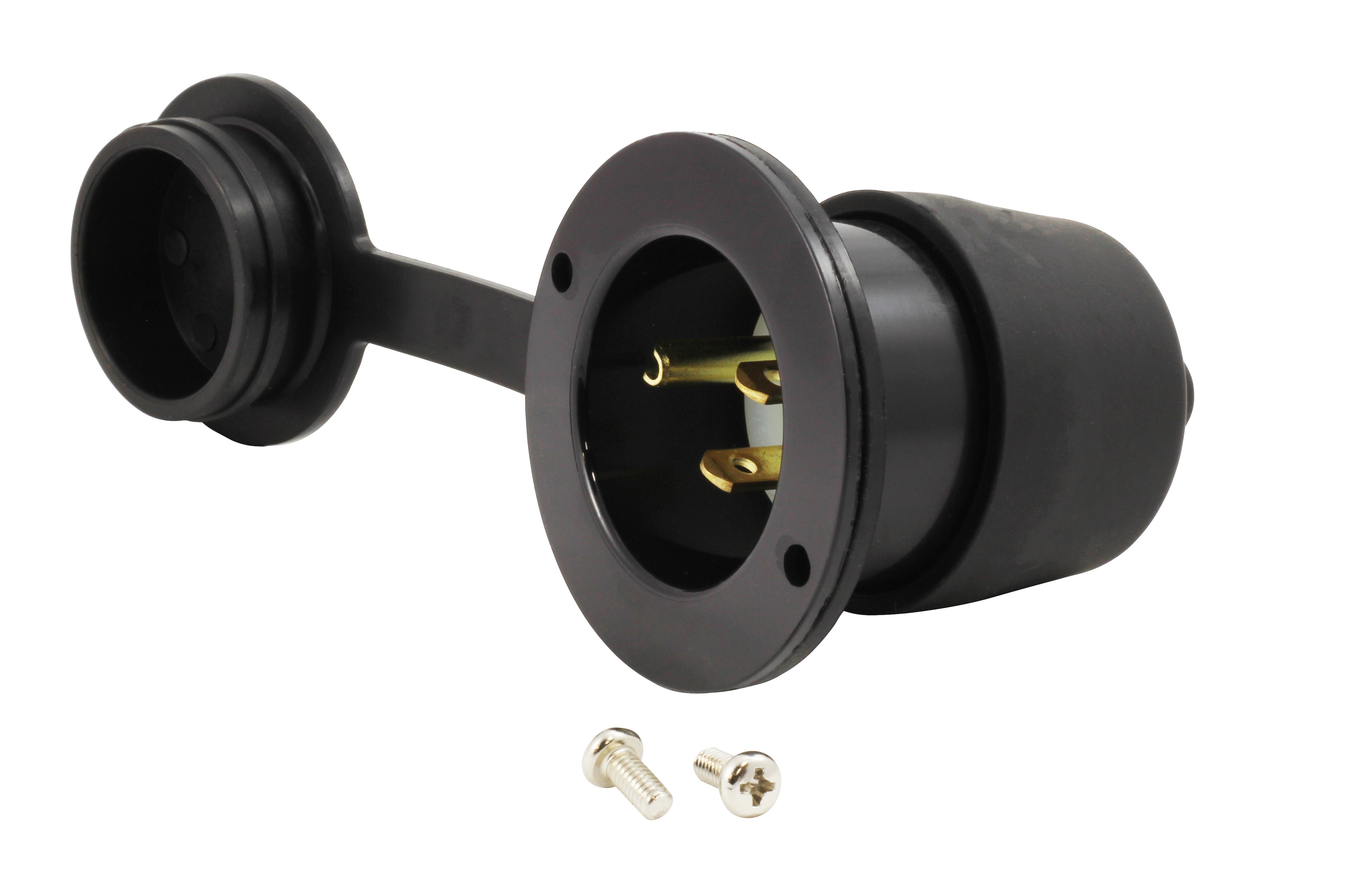
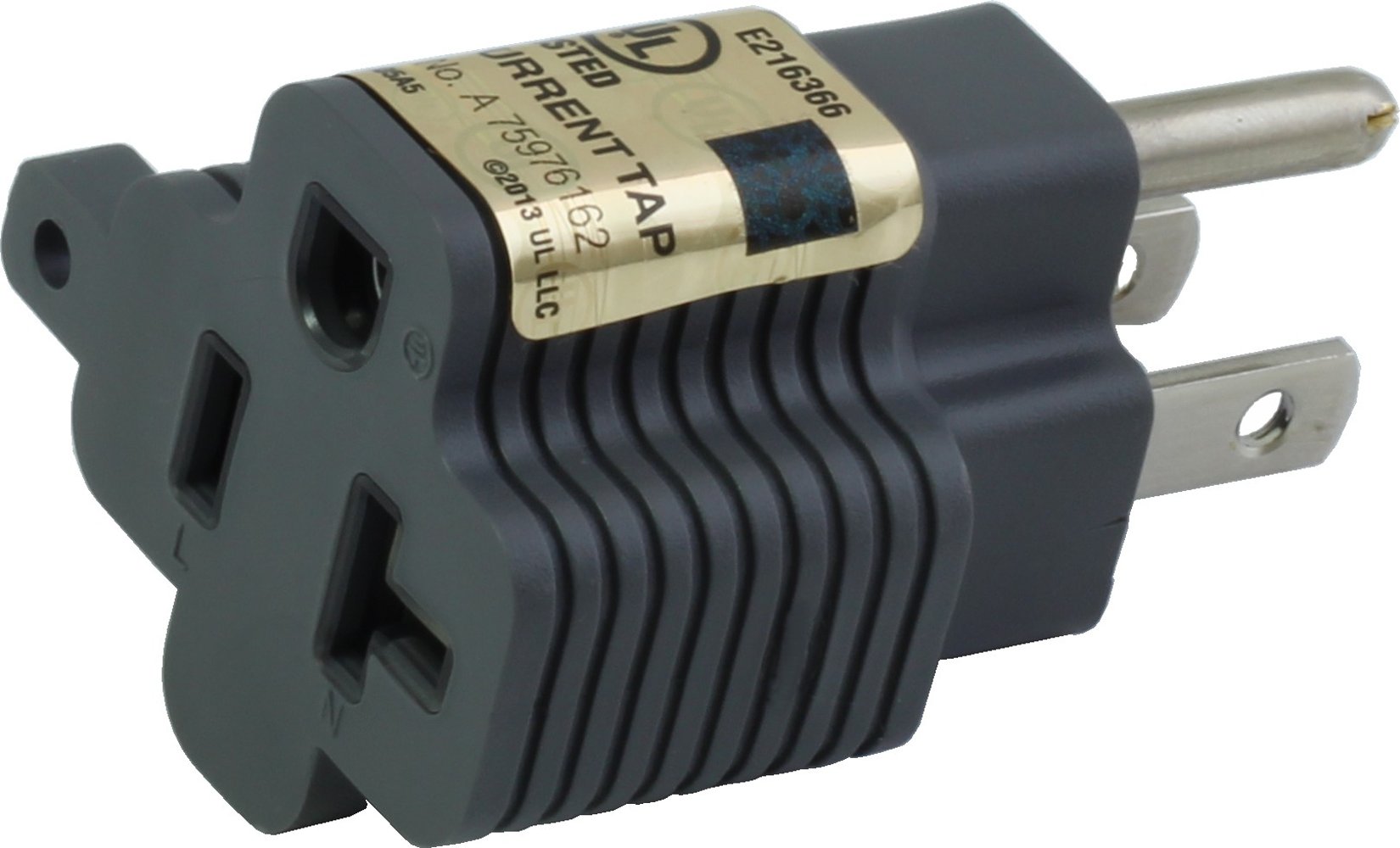
![AC WORKS® [ADV104] 3-Prong Heavy-Duty V-DUO Household Outlet Adapter](http://acworks.com/cdn/shop/products/ADV104-0.jpg?v=1605738768&width=3128)
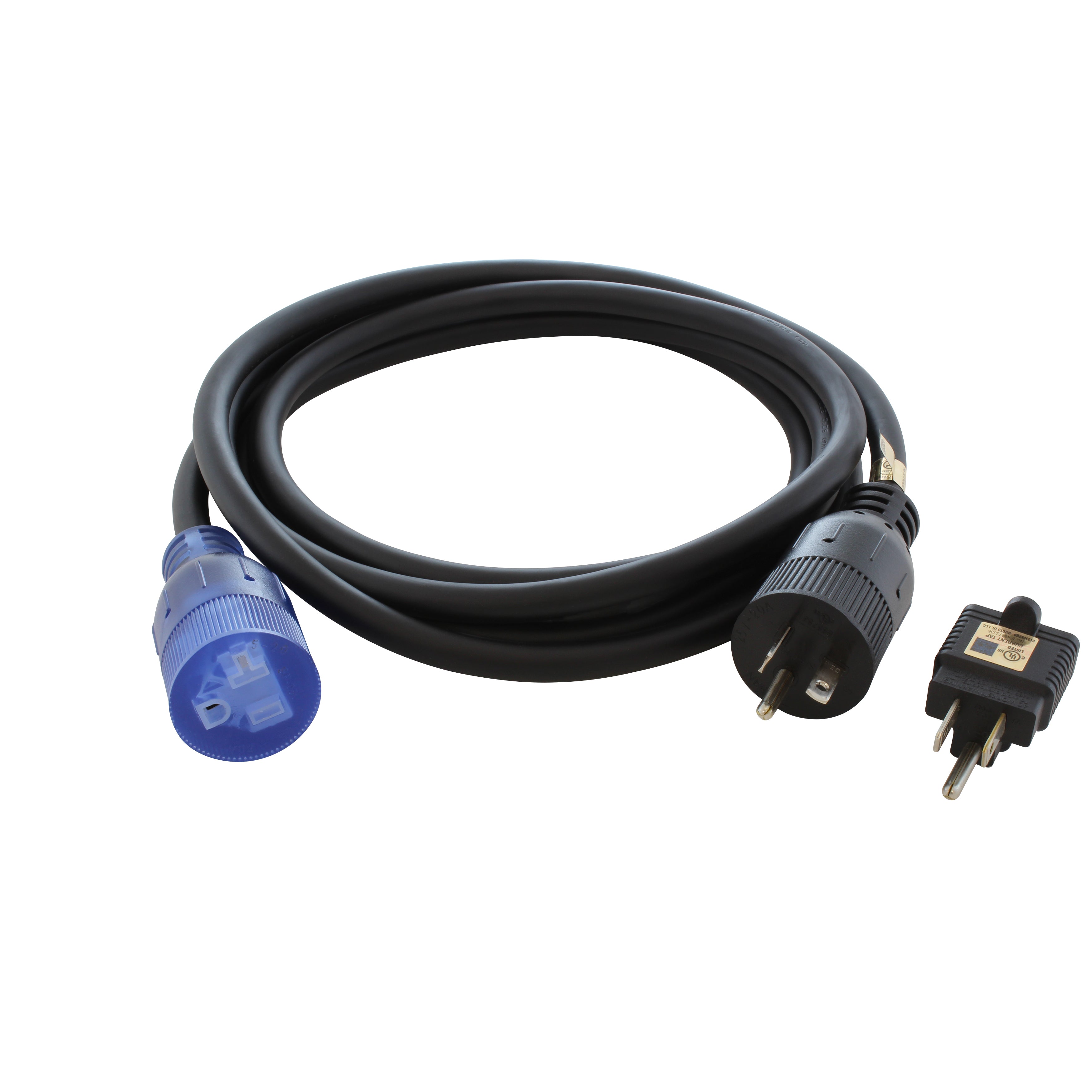
![AC WORKS® [XH515520] 15A to 15/20A 125 Volt Plug Adapter with ETL Safety Approval](http://acworks.com/cdn/shop/files/XH515520-0_daea425a-f439-48df-bb75-052167057f12.jpg?v=1729091519&width=2500)


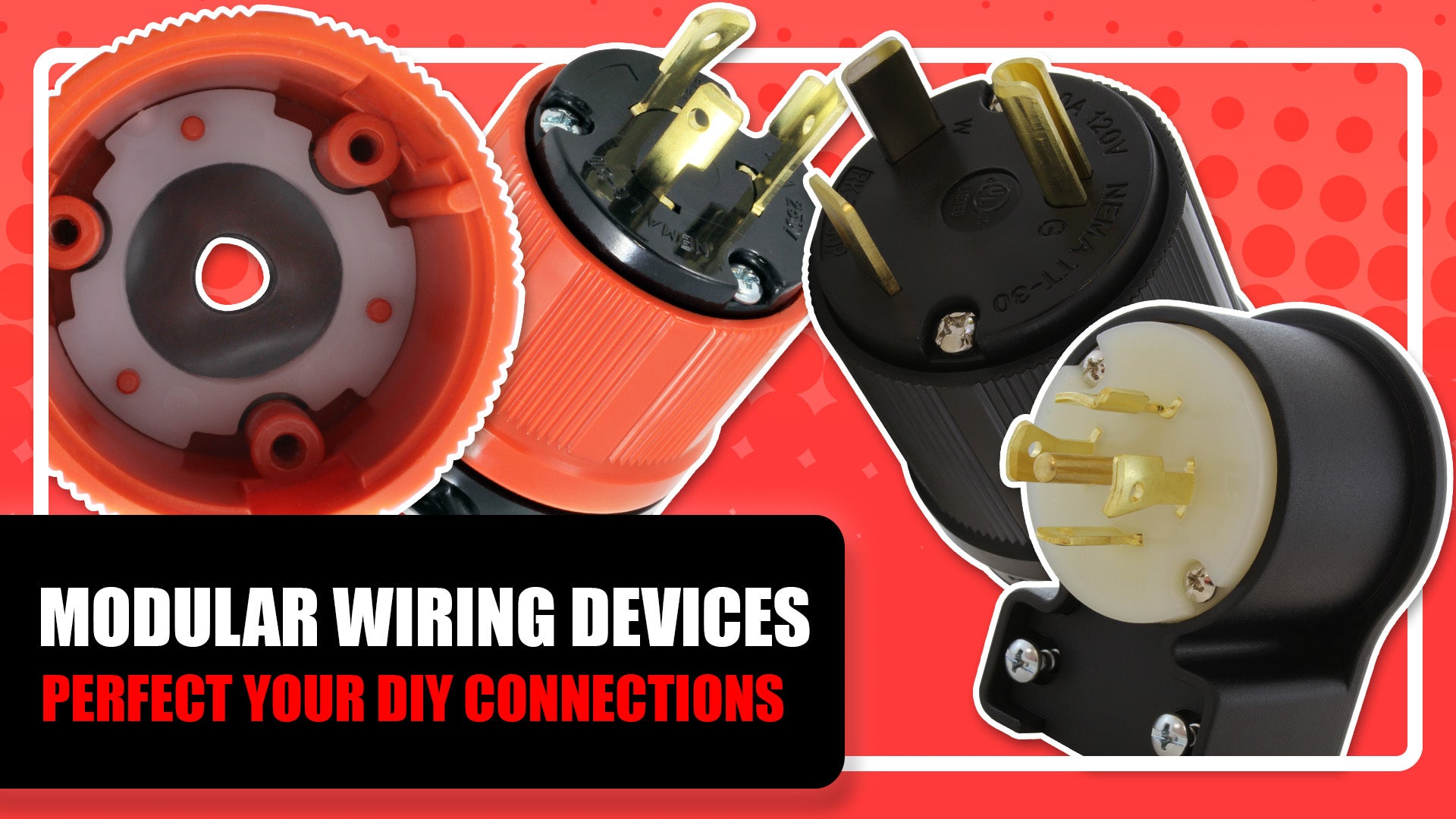
Share:
Power Distribution with our PDU Outlet Boxes – Expanding Your Power Safely and Efficiently
Harbor Freight Predator Tri-Fuel 13000 Watt Generator: The Ultimate Power Solution for RV Owners and Homeowners